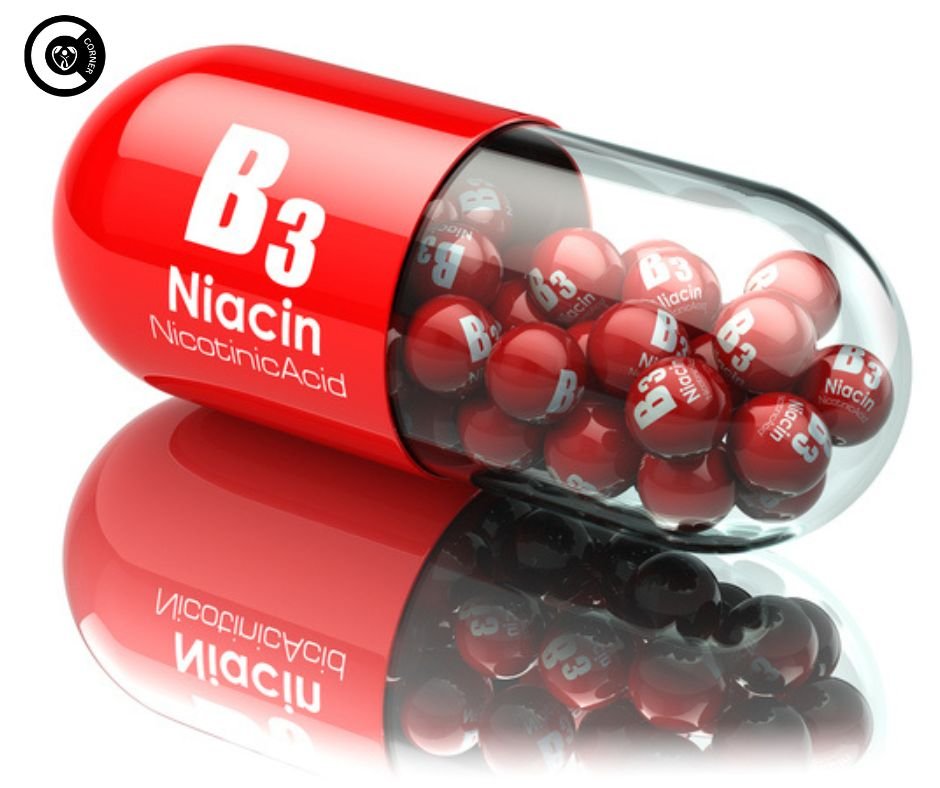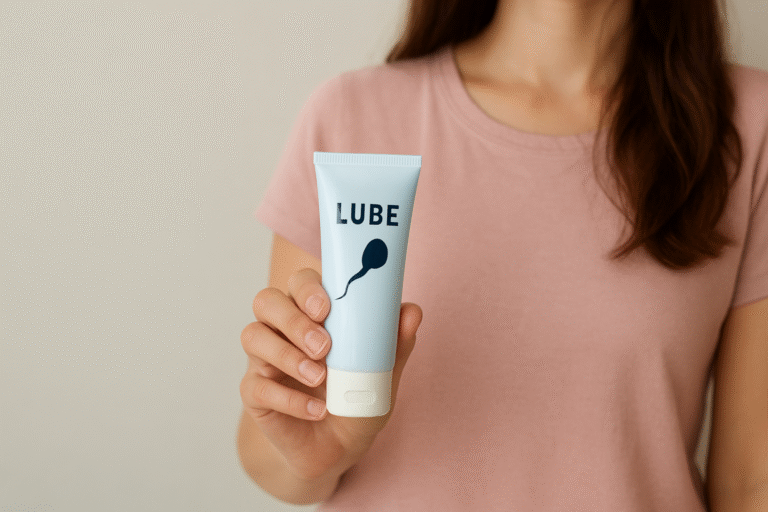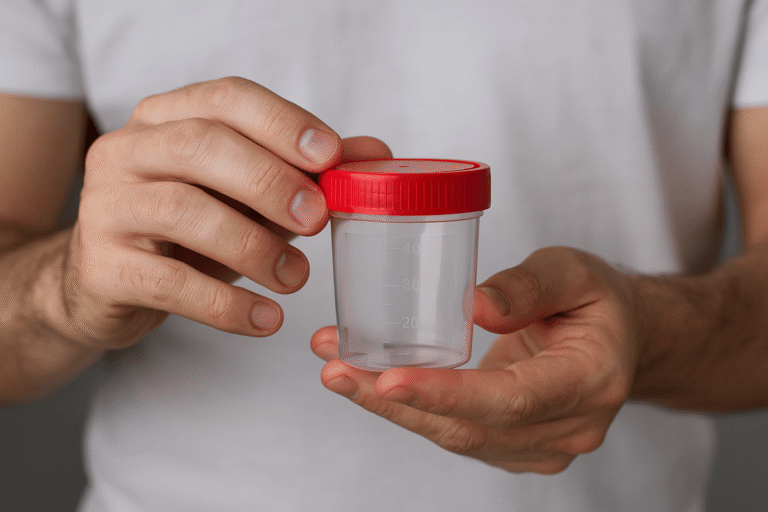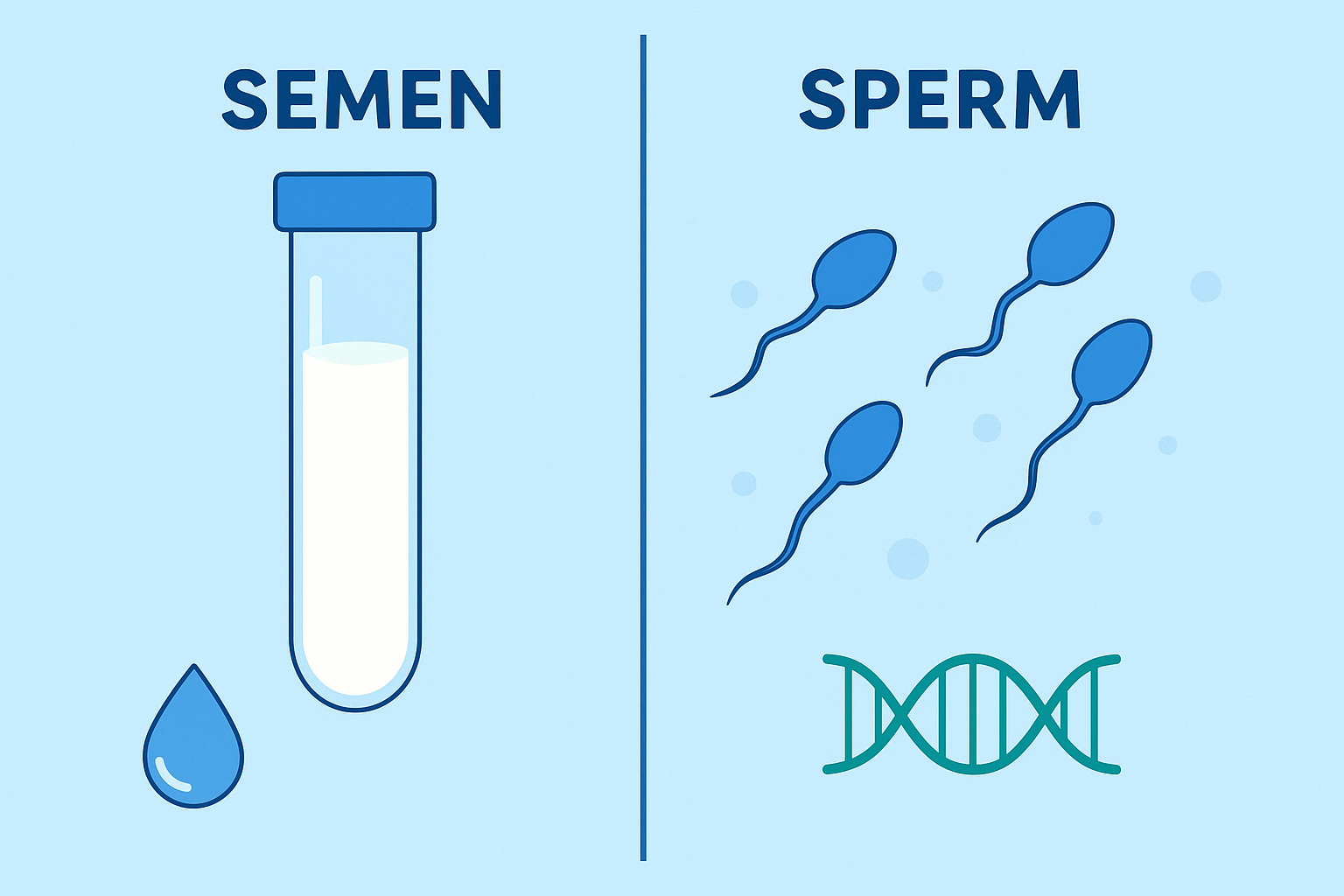According to Johns Hopkins studies, about 40% of men by age 40 experience erectile dysfunction (ED), rising to 70% by age 70. Among the increasingly sought-after non-pharmaceutical remedies, niacin (vitamin B3) has become a divisive candidate. While some dismiss it as pseudoscience, supporters call it a vasodilating wonder. This in-depth investigation looks at niacin’s physiological processes, closely reviews clinical data, and assesses its feasibility against accepted ED treatments. We differentiate bombastic assertions from true science to provide men looking for evidence-based answers with practical insights.
Understanding Niacin: Biochemical Fundamentals and Vascular Impact
Two bioactive forms of niacin, sometimes known as vitamin B3, are nicotinic acid and niacinamide. Unlike other vitamins, it stimulates prostaglandin D2 receptors in dermal tissues, therefore directly altering vascular function. This causes significant vasodilation; research in the European Journal of Pharmacology shows that blood vessels can enlarge by up to 28% within 20 minutes of intake.
Based on American Heart Association studies, the vitamin also shows unusual lipid-modulating effects; it lowers LDL cholesterol by 15–25% and increases HDL by 20–35%. Given that 75% of instances of persistent erectile dysfunction result from reduced vascular function, these two processes place niacin as a possible ED therapeutic. But bioavailability differs greatly between dietary sources (tuna, turkey, mushrooms) and supplements; studies in the Journal of Clinical Pharmacology find that sustained-release formulations exhibit 40% higher absorption.
The Vascular-ED Connection: Niacin’s Proposed Mechanism of Action
Erectile function is essentially dependent on hydraulic efficiency: penile tissues need 130ml/min blood flow to get an erection. ED can result from a 50–70% reduction in perfusion brought on by atherosclerosis, endothelial dysfunction, or microvascular injury. Targeting these problems through three recognized routes, niacin addresses:
- Nitric Oxide Enhancement: Activates endothelial nitric oxide synthase (eNOS), hence producing 22% more NO (University of Michigan research). – absolutely necessary for vasodilation
- Plaque Regression: Reduces arterial lipid buildup via DGAT2 enzyme inhibition, therefore promoting plaque regression.
- Fibrinolytic Action: Lowers fibrinogen levels by 15%, hence lowering blood viscosity. A 6-month trial in Cardiovascular Research found that 1g/day it raised endothelial function scores by 37% in diabetic individuals. Still medically debatable, though, is converting systemic vascular benefits to localized penile improvement.
Clinical Evidence Review: Groundbreaking Studies vs. Contradictory Findings
Also Read: Causes Of Low Sex Drive In Men
Following 160 males with hyperlipidemia and ED, the most often referenced niacin for erectile dysfunction study (Journal of Sexual Medicine, 2011). The 1.5g daily recorded:
- 32% rise in IIEF-5 ratings
- 29% drop in latency for erection
- Extended double erection maintenance period
These striking findings, however, run counter to a 2023 Urology meta-analysis of 11 studies ending: “Insufficient evidence exists for niacin monotherapy in non-dyslipidemic ED patients.” Important constraints surface:
- Of the positive trials, 86% included people with documented vascular diseases.
- Usually, benefits showed up after twelve plus weeks.
- 40% of reported improvement came from placebos.
Dosage Protocols and Safety Profile
Although the RDA for niacin is 16mg/day, therapeutic ED regimens run from 500 to 1,500mg daily. Documented risks accompany this exponential rise:
Common Side Effects (50-80% of users)
- Cutaneous flushing: response mediated by histamine producing burning redness
- Pruritus: Extreme two to three-hour itching
- Hypotension: Dizziness resulting from fast vasodilation
Severe Risks (3-8% at >1g/day)
- Hepatotoxicity: 11-fold ALT enzyme increase in 5% of consumers (FDA data).
- Hyperglycemia: Fasting glucose increases 4-5 mg/dL in hyperglycemia.
- Maculopathy: Retinal injury at levels consistent with >2g/day.
Mitigation strategies include:
- Starting at 100 mg and titrating weekly
- Using hexanicotinate forms of no-flush inositol
- Using 325 mg aspirin to stop flushing
- Required quarterly examinations of liver performance
Comparative Analysis: Niacin vs. Conventional ED Therapeutics
Unlike PDE5 inhibitors (Viagra/Cialis) that deliver 80% efficacy within 30-60 minutes, niacin operates through fundamentally different mechanisms:
| Parameter | Niacin | PDE5 Inhibitors |
| Onset of Action | 8-12 weeks | 30-120 minutes |
| Efficacy Rate | 35-52% | 75-88% |
| Duration | Systemic effects | 4-36 hours |
| Best Candidates | Vascular ED + high cholesterol | Most ED types |
| Cost/Month | $15-$40 | $70-$400 |
Only in dyslipidemic patients
Harvard Medical School recommends niacin strictly as adjuvant therapy – never monotherapy – for ED patients with confirmed lipid abnormalities.
Strategic Integration: Evidence-Based Synergistic Protocols
Maximum benefit for men seeking niacin for erectile dysfunction calls for combinatorial strategies:
Nutraceutical Stacking
- L-citrulline (6g/day) increases NO 53% more efficiently than L-arginine.
- 120mg/day Pycnogenol reduces PDE5, so extending NO half-life.
- 1 mg/day folate helps lower homocysteine-induced endothelial damage.
Lifestyle Optimization
- HIIT Training: Three times a week sessions of HIIT training increase endothelial function by 21%.
- Mediterranean Diet: 14% more ED reversal in Mediterranean diets than in low-fat diets (PREDIMED study)
- Sleep Hygiene: Every extra REM cycle raises testosterone by 15%.
Conclusion
The quest to understand niacin for erectile dysfunction reveals a complex picture of cautious promise and significant limitations. While niacin’s ability to improve vascular health, enhance nitric oxide production, and reduce cholesterol does offer theoretical benefits for ED rooted in circulatory issues, the clinical evidence remains narrowly applicable.





[…] Also Read : Role Of Niacin In Erectile Dysfunction […]